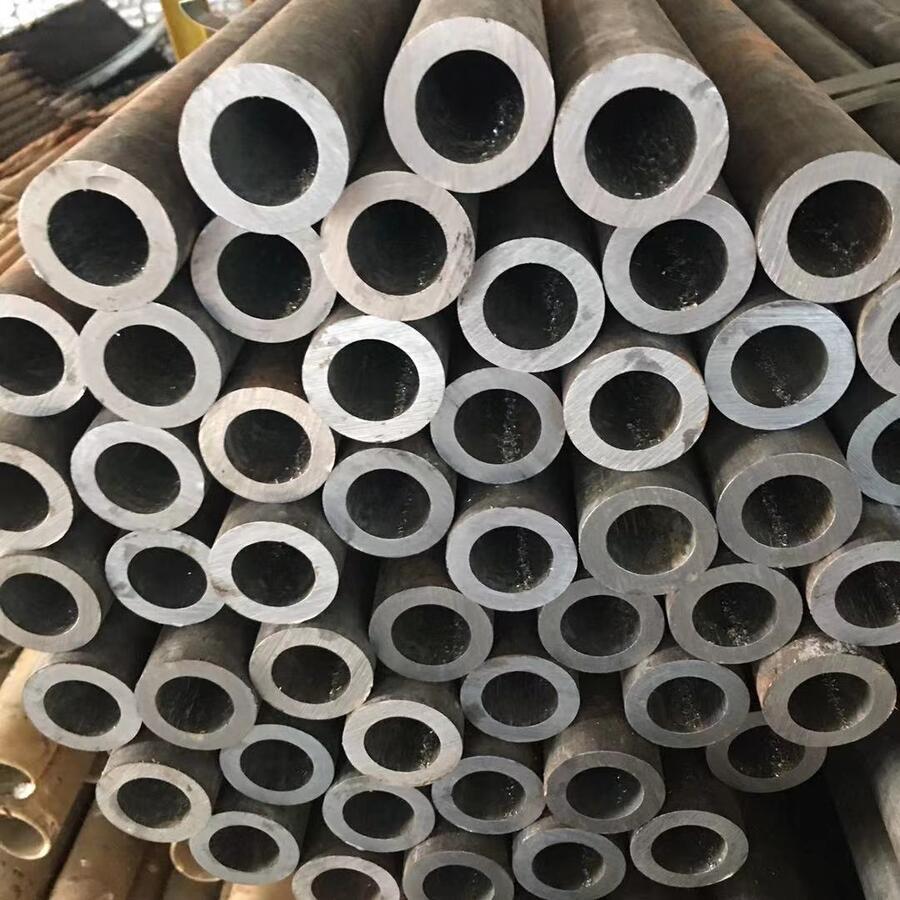Steel rolling mechanical equipment plays a pivotal role in the steel manufacturing industry. This machinery is essential for transforming raw steel into various shapes and sizes, meeting the demands of numerous industrial applications. In this article, we delve into the workings of steel rolling mechanical equipment, its importance, and the technical specifications that define its performance.
What is Steel Rolling Mechanical Equipment?
Steel rolling mechanical equipment refers to the machines used in the process of rolling steel. This process involves passing steel stock through one or more pairs of rolls to reduce thickness, increase length, and achieve the desired mechanical properties. The equipment is crucial for producing steel sheets, bars, and other structural components.
Types of Steel Rolling Mechanical Equipment
- Hot Rolling Mills: These mills process steel at high temperatures, making it easier to shape and form.
- Cold Rolling Mills: Used for producing steel with a smooth finish and precise dimensions.
- Plate Mills: Designed for rolling thick steel plates used in construction and heavy machinery.
- Cluster Mills: Utilize multiple rolls for high-precision rolling.
Key Features and Specifications
Understanding the specifications of steel rolling mechanical equipment is crucial for selecting the right machinery for your needs. Below is a detailed table showcasing the parameters of typical steel rolling equipment:
| Parameter | Description | Typical Value |
|---|---|---|
| Roll Diameter | The diameter of the rolls used in the mill. | 500-1500 mm |
| Roll Width | The width of the rolls, determining the maximum width of the steel sheet. | 1000-2500 mm |
| Rolling Speed | The speed at which the steel passes through the rolls. | 0.5-5 m/s |
| Maximum Rolling Force | The maximum force exerted by the rolls on the steel. | 2000-5000 kN |
| Temperature Range | The operational temperature range for hot rolling. | 900-1300°C |
| Automation Level | The degree of automation in the rolling process. | Manual to Fully Automated |
| Material Thickness | The range of steel thickness that can be processed. | 1-100 mm |
| Energy Consumption | The amount of energy used during the rolling process. | 500-1500 kWh/ton |
Applications of Steel Rolling Mechanical Equipment
Steel rolling mechanical equipment is used in various industries, including construction, automotive, and aerospace. Its ability to produce steel with specific mechanical properties makes it indispensable for manufacturing components that require high strength and durability.
Innovations in Steel Rolling Technology
Recent advancements in steel rolling technology have focused on improving efficiency and precision. Automation and digital control systems have enhanced the accuracy of rolling processes, reducing waste and increasing productivity. These innovations are crucial for meeting the growing demand for high-quality steel products.
Conclusion
Steel rolling mechanical equipment is a cornerstone of the steel industry, enabling the production of a wide range of steel products. Understanding the specifications and capabilities of this equipment is essential for optimizing production processes and ensuring the quality of the final product. As technology continues to evolve, the future of steel rolling promises even greater efficiency and precision.
For more information on steel rolling mechanical equipment and to explore the latest innovations in the field, visit HANI TECH and HANI TECH Metallurgy.
Notes
Get more knowledge you want to know
Youtube channel:
https://www.youtube.com/channel/UCQ5eAP3i7BddUh6VEQAePGA
https://www.youtube.com/channel/UCD5WMFaJ1WfmngRA5pA6fgA
https://www.youtube.com/channel/UCyQRZqd-TpcNO6iRTjY-cDQ
https://www.youtube.com/@kevinqian8976/featured




